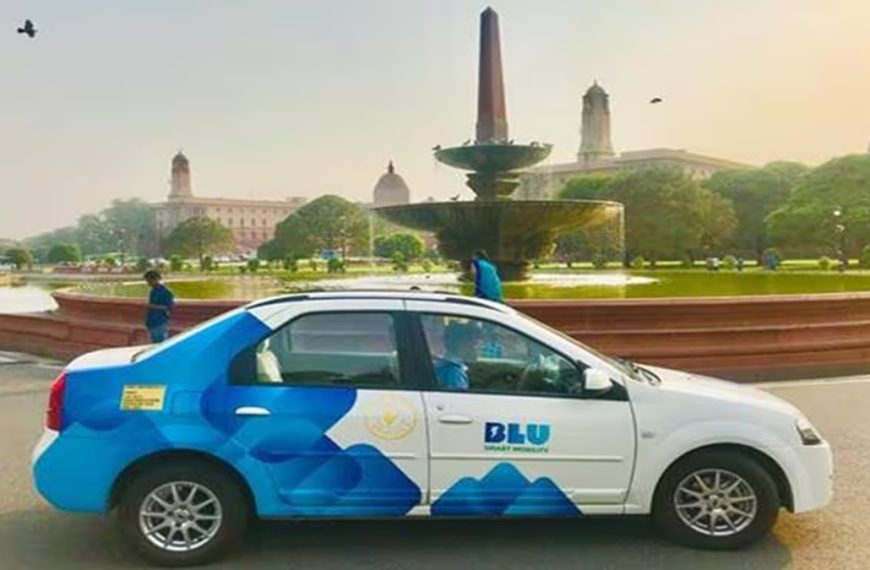Employee engagement in India has taken a dramatic nosedive, dropping to 19% in 2025 from 24% in 2024, as revealed in the latest findings from ADP Research’s updated “People at Work 2025” report. This five-percentage-point decline marks the largest decrease worldwide, standing in stark contrast to the upward trend in global employee engagement levels.
Concerns Over Productivity and Talent Retention
Rahul Goyal, Managing Director of ADP India and Southeast Asia, warns that this decline in engagement could lead to a decrease in productivity and the potential loss of top talent. He emphasizes, “Our findings indicate that fostering flexibility and a genuine sense of belonging can greatly enhance employee engagement. Employees who feel appreciated, empowered, and connected are far more engaged.”
Rethinking Engagement Strategies
Goyal stresses the urgent need for organizations to reassess their engagement strategies. He suggests that to improve employee involvement, companies should consider:
- Location flexibility: Allowing employees to choose their work environment.
- Strengthening interpersonal relationships: Encouraging team bonding and collaboration.
- Investing in skill development: Focusing on the growth of employees, especially younger ones who currently report the lowest engagement levels.
A proactive approach to engagement is essential for achieving long-term organizational success.
The Importance of Location Flexibility
The survey data reveals the pivotal role of location flexibility in enhancing engagement. In India:
- 50% of employees work on-site daily.
- 36% follow a hybrid work model.
- Only 14% work completely remotely.
Notably, India ranks second globally for work location autonomy, with 45% of employees enjoying full control over where they work—just behind Egypt at 47%. The study indicates a strong link between location flexibility and engagement; those with greater control over their work environment report significantly higher engagement levels.
Globally, the trend is shifting towards more on-site work, with 56% of employees working on-site daily—a two-point increase from last year and an eight-point increase since 2022. Conversely, only 12% work exclusively remotely, a slight decrease from the previous year.
Disparities in Engagement Across Regions
The report also highlights how various economic, social, and political factors affect employee engagement across different regions. While the Middle East/Africa region saw a rise in engagement—up three percentage points to 25%—India experienced the sharpest drop.
In India, on-site employees (21%) reported higher engagement levels compared to their hybrid (19%) and remote (8%) counterparts. Additionally, gender disparities are evident, with 22% of women feeling engaged compared to 17% of men. Age also influences engagement, as those aged 40 to 54 reported the highest levels of engagement at 24%, while the 18-26 age group noted the lowest at 15%.
Fostering Team Belonging
Recognizing the necessity of on-site work for many roles, the report underscores the importance of cultivating a strong sense of team belonging as a vital driver of engagement. While 33% of Indian workers consider themselves part of an exceptional team—the second highest globally after Egypt—this figure has decreased by 3% since last year.
Globally, a vast majority of employees (90%) belong to a team. However, a stark contrast exists in engagement levels: 52% of those in high-performing teams report being fully engaged, compared to just 10% among those who do not feel part of such teams. This disparity highlights the significant influence of team dynamics on employee engagement.
Final Thoughts
The current landscape of employee engagement in India presents challenges that organizations must address. By implementing strategies that prioritize flexibility, connection, and team dynamics, companies can work towards reversing this troubling trend and fostering a more engaged workforce.










